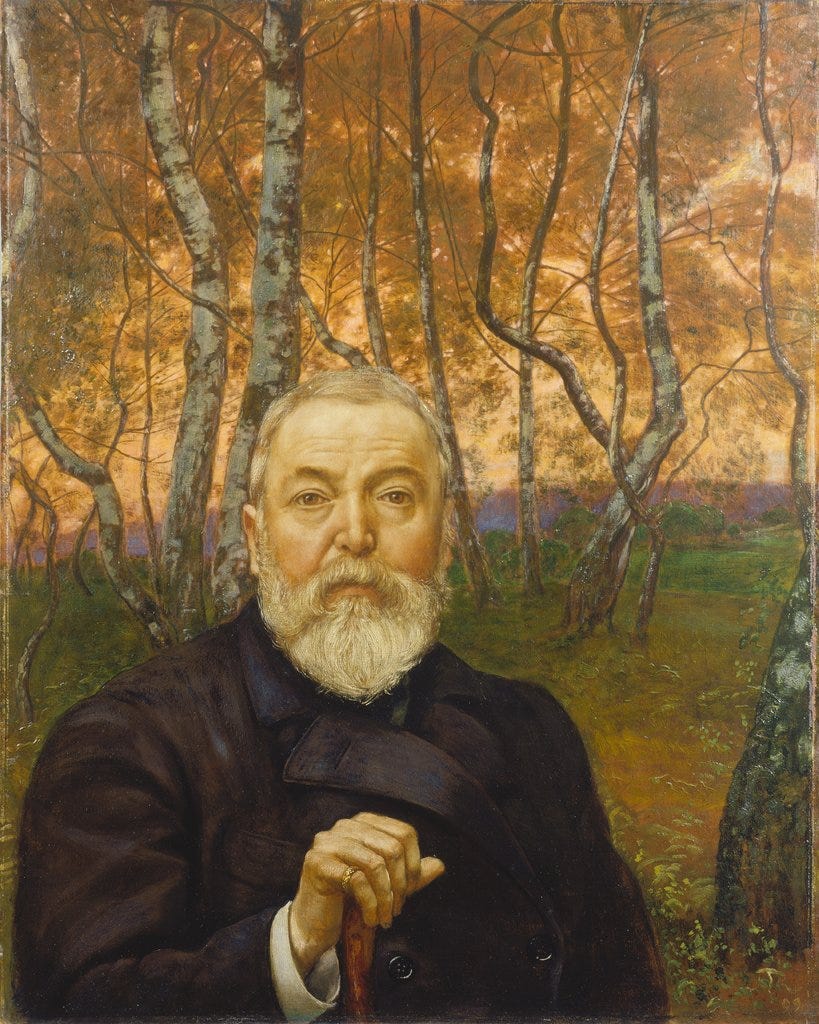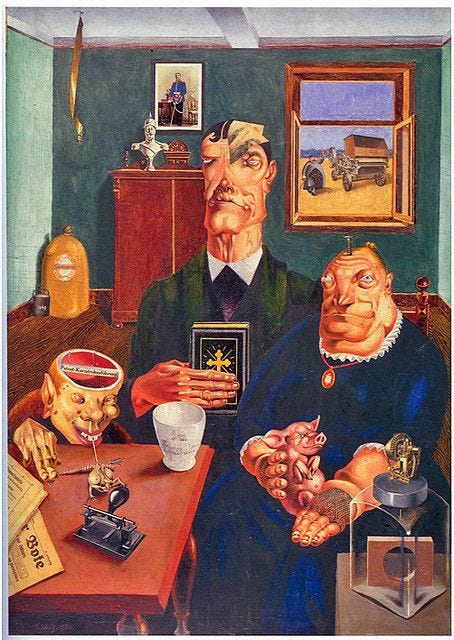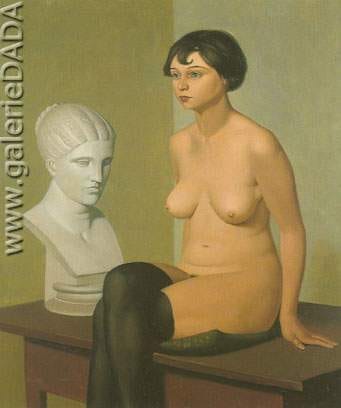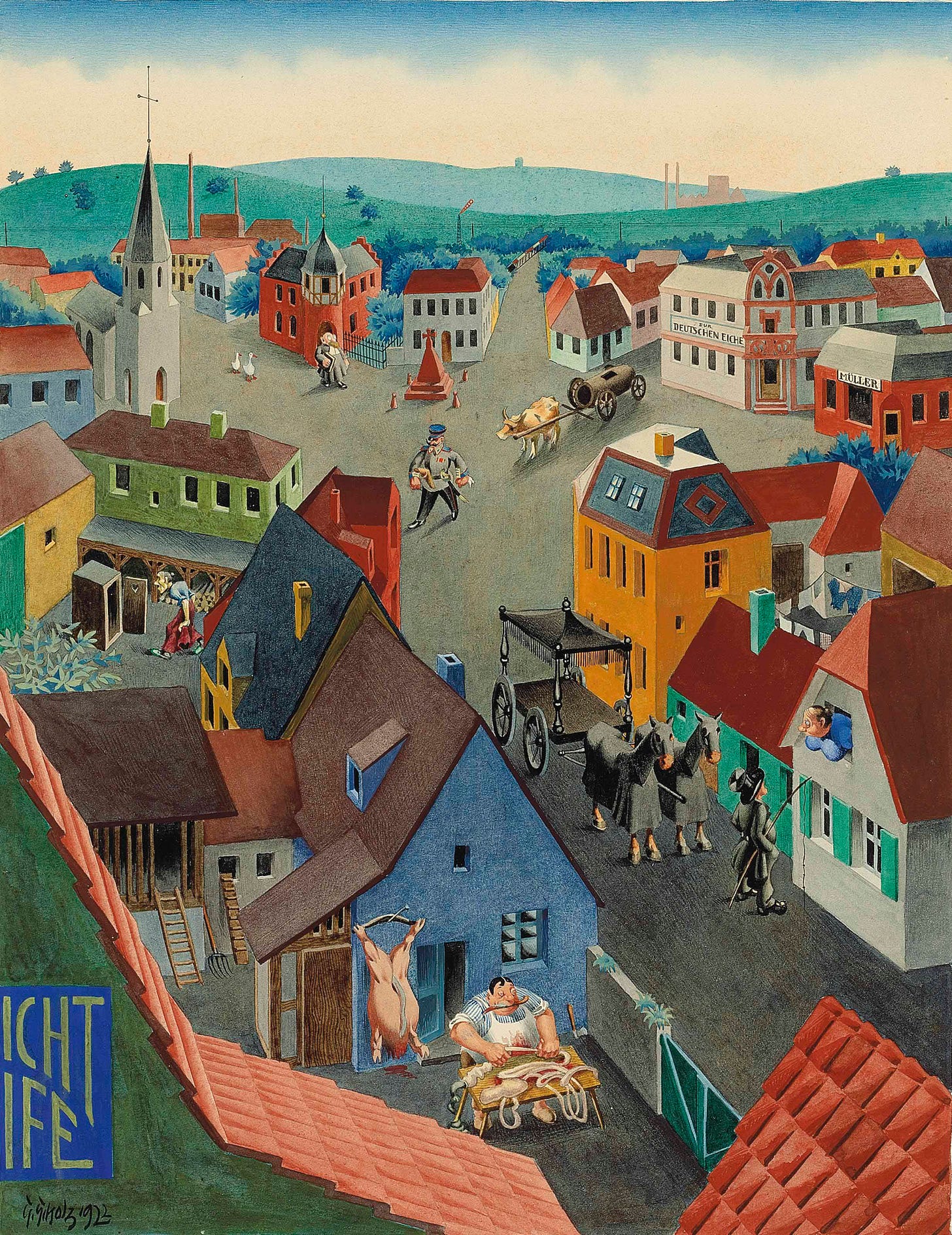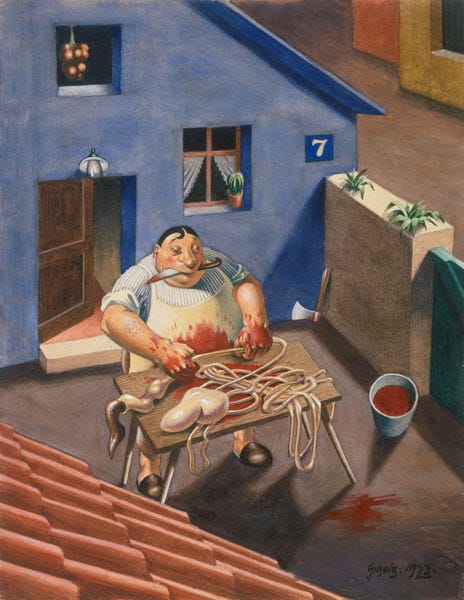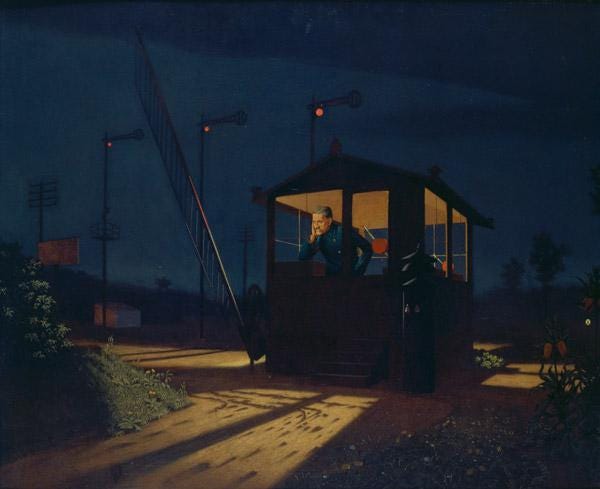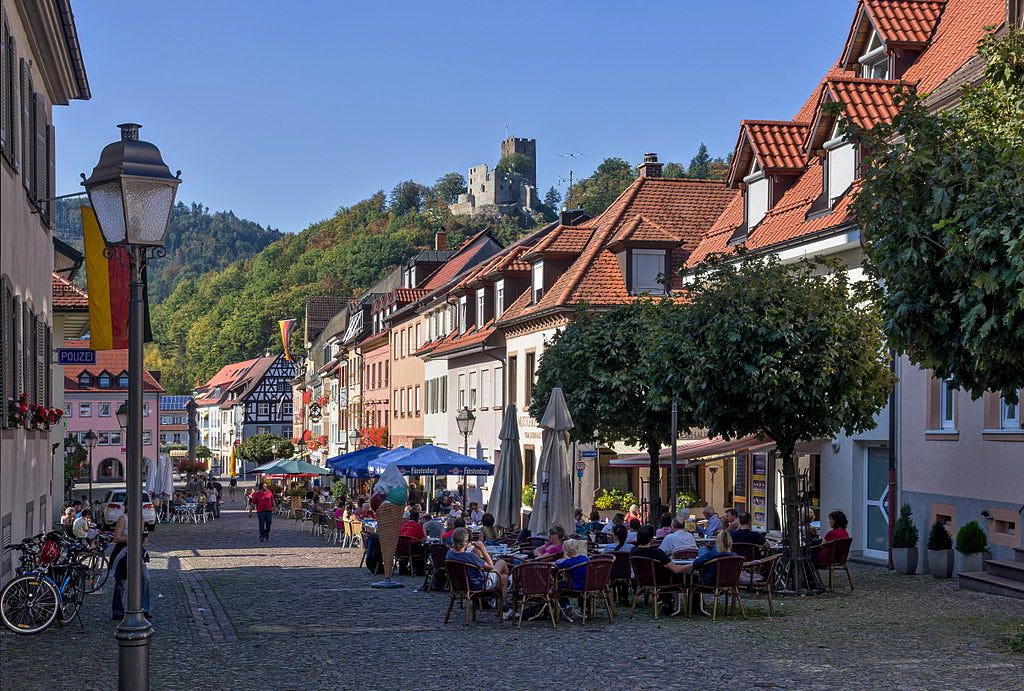"The pleasure isn't in doing the thing, the pleasure is in planning it."
— John Green (Paper Towns)
"You loved ferris wheels more than roller coasters because life shouldn’t be lived at full speed, but in anticipation and appreciation."
— Amy Harmon (Making Faces)
"The trick to happiness wasn’t in freezing every momentary pleasure and clinging to each one, but in ensuring one’s life would produce many future moments to anticipate."
— Brandon Sanderson (Oathbringer - The Stormlight Archive, #3)
Wow, LOVE those quotes. I’ve decided to follow the dictum of John Green, and start taking pleasure in planning what we’ll do in Tasmania, rather than fuming that we will be in the U.S. longer than planned. It’s working! No idea why I didn’t think of this earlier. I used to plan our German jaunts for four months before we got on the plane, finding the perfect tours, shops, holiday apartments, military museums, and anything else notable in our area of choice. Rather than only two weeks of vacation, I got to enjoy MONTHS of anticipation and planning before the event.
I just need to do the same thing with Tasmania and spend some time anticipating rather than wishing we could magically arrive already. (I have faced my inner self - she is not a wizard with a wand, unfortunately.) I’ve created a Pinterest board and started pinning tons of apple recipes - cider, crumble, pork and apples, bourbon baked apples - in anticipation of our chosen area among the apple farms in Southern Tasmania. Anytime I find an interesting idea or place, I pin it so I will be able to plan some great weekends for us upon arrival.
Today, I read a Substack about a fabulous, four day hike hosted by the Tasmanian Walking Company with great Tasmanian views, good food and even a spa and massage available one night. My type of roughing it! Take a look here. I can picture myself at that fun party table with the other 40s to 60s enjoying a glass of wine after 15 miles of walking. Maybe I can cajole my stateside peeps into joining me. Hmm.
Yesterday I watched the Tasmanian News from Sunday and stumbled across the most impressive quilt I’ve ever seen - mind boggling. REALLY. Check it out here. I tried to set up for just the quilting news - short and sweet - but if I managed to mess it up, scroll in to the 4:50 mark. (Unless you want to start a little before that for the killer new camper vans display, another weekend destination for the denizens of Hobart.)
In the meantime, work continues apace on the Herr and Fraulein Zen homestead as we continue to prepare for the real estate agent’s photographer. We’re a bit in limbo at the moment, waiting for the contractor to fit us in and repair some damage to the house in back. Fortunately, the horribly humid heat has broken. Fall approaches. I am ANTICIPATING - definitely my inspirational word of the month - having a wonderful Autumn, my favorite season. And if we’re REALLY lucky, I’ll get another Autumn in March 2025 in Tasmania. Bonus.
Still enjoying the quilting - finished a small child- sized quilt top, and next I’ll start sewing all of my pinwheels together for a larger one. I put them all up on the board today and I’m liking the effect. Sort of nice to get away from bright colors for a change. And the ladies in this group are so much fun! Creating while chatting is perfect - except when I’m so wrapped up in listening that I sew the wrong sides together. Managed to do that twice today.
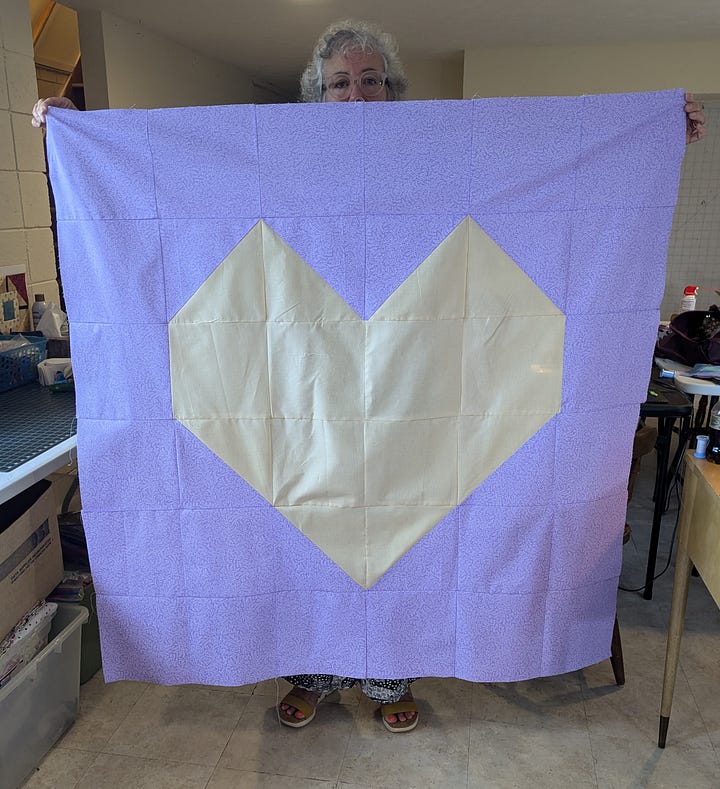
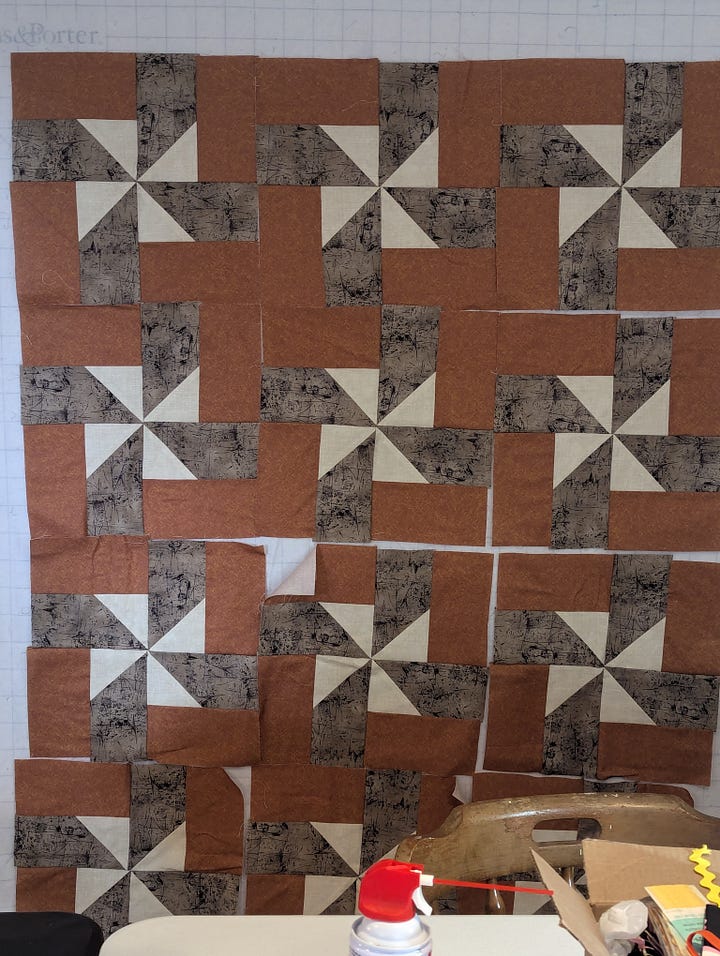
ANYWAY, on to our artist. Georg Scholz, German (1890-1945) was born in Wolfenbüttel and had his artistic training at the Karlsruhe Academy, where his teachers included Hans Thoma (my all time FAVORITE German artist) and Wilhelm Trübner. Before we start with Herr Scholz, take a gander at this self portrait Hans Thoma painted late in his life. Isn’t it perfection?
Oops. Got a little carried away there. I apologize for the distraction. Back to Georg. He later studied in Berlin under Lovis Corinth (another great one). After military service in World War I lasting from 1915 to 1918, he resumed painting, working in a style fusing cubist and futurist ideas.
In 1919 Scholz became a member of the Communist Party of Germany, and his work of the next few years is harshly critical of the social and economic order in postwar Germany. His Industrial Farmers of 1920 is an oil painting with collage that depicts a Bible-clutching farmer with money erupting from his forehead, seated next to his monstrous wife who cradles a piglet. Their subhuman son, his head open at the top to show that it is empty, is torturing a frog. Perhaps Scholz’ best-known work, it is typical of the paintings he produced in the early 1920s, combining a very controlled, crisp execution with corrosive sarcasm.
Scholz quickly became one of the leaders of the New Objectivity, a group of artists who practiced a cynical form of realism. The most famous among this group are Max Beckmann, George Grosz and Otto Dix, and Scholz’s work briefly vied with theirs for ferocity of attack. By 1925, however, his approach had softened into something closer to neoclassicism, as seen in the Self-Portrait in front of an Advertising Column of 1926 (above) and the Seated Nude with Plaster Bust of 1927.
A leading practitioner of Neue Sachlichkeit (New Objectivity), Georg Scholz was among a group of young German artists who lived through the cruelty of frontline battle in World War I and returned home to find a weakening economy and mounting political and social problems. They felt that the ills of society were best exposed through the meticulously painted realism of the Old Masters, which evoked Germany’s illustrious past.
Combining historical style with images of the nation’s present-day situation, Scholz’s paintings offer a biting critique of the new Weimar Republic’s political and social shortcomings.
Small Town by Day is a case in point. At the top of the canvas we are reminded of the mythic ideals of Germany: faith (a priest and the cross of a church illuminated by the sky), family (the woman pushing the carriage and a group of geese walking in an orderly line), the country’s great heritage (the bust of Frederick the Great), and national symbols (an inn called the German Oak).
Further down, however, a cold clarity reveals the inner workings of a fictional town in the region of Baden. Nestled within the cozy buildings and streets, we see a cast of characters and the hypocrisy they represent. A puffed-up officer in uniform walks proudly while a wounded vet hobbles in the other direction, a bloated butcher squeezes clean the intestines of a pig as he holds a bloody knife in his mouth, a young boy scoops manure from a horse-drawn hearse, and an elderly woman walks to an outhouse. Scholz’s clear vision lays bare the base and at times sordid activities of a seemingly idyllic setting.
Appointed a professor at the Baden State Academy of Art in Karlsruhe in 1925, the students he taught included Rudolf Dischinger. Scholz began contributing in 1926 to the satirical magazine Simplicissimus, and in 1928 he visited Paris where he especially appreciated the work of Bonnard.
With the rise to power of Hitler and the National Socialists in 1933, Scholz was quickly dismissed from his teaching position.
Declared a Degenerate Artist, his works were among those seized in 1937 as part of a campaign by the Nazis to “purify” German culture, and he was forbidden to paint in 1939.
In 1945, the French occupation forces appointed Scholz mayor of Waldkirch, but he died that same year, in Waldkirch.
Here’s a photo of the artist, as well as an early self portrait. Sorry for the skewed angle, it was the best shot I could find. The self portrait was painted the year before he left for service in WWI, he served from 1915 to 1918. It’s titled Self Portrait in front of easel.
There’s a museum dedicated to his works in Waldkirch, Germany, a picturesque little town near Freiburg in the Black Forest. (I’ve been there, it’s beautiful!) Unfortunately, he didn’t live long enough to make a mark as a politician, but he certainly made one as an artist!




